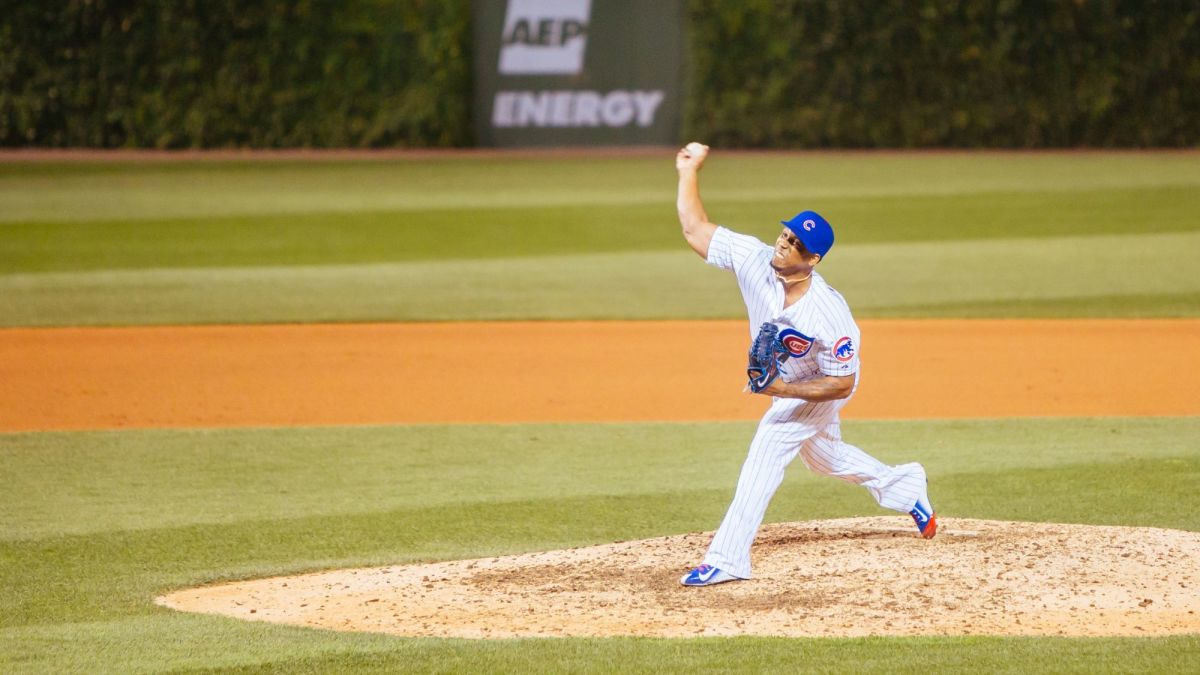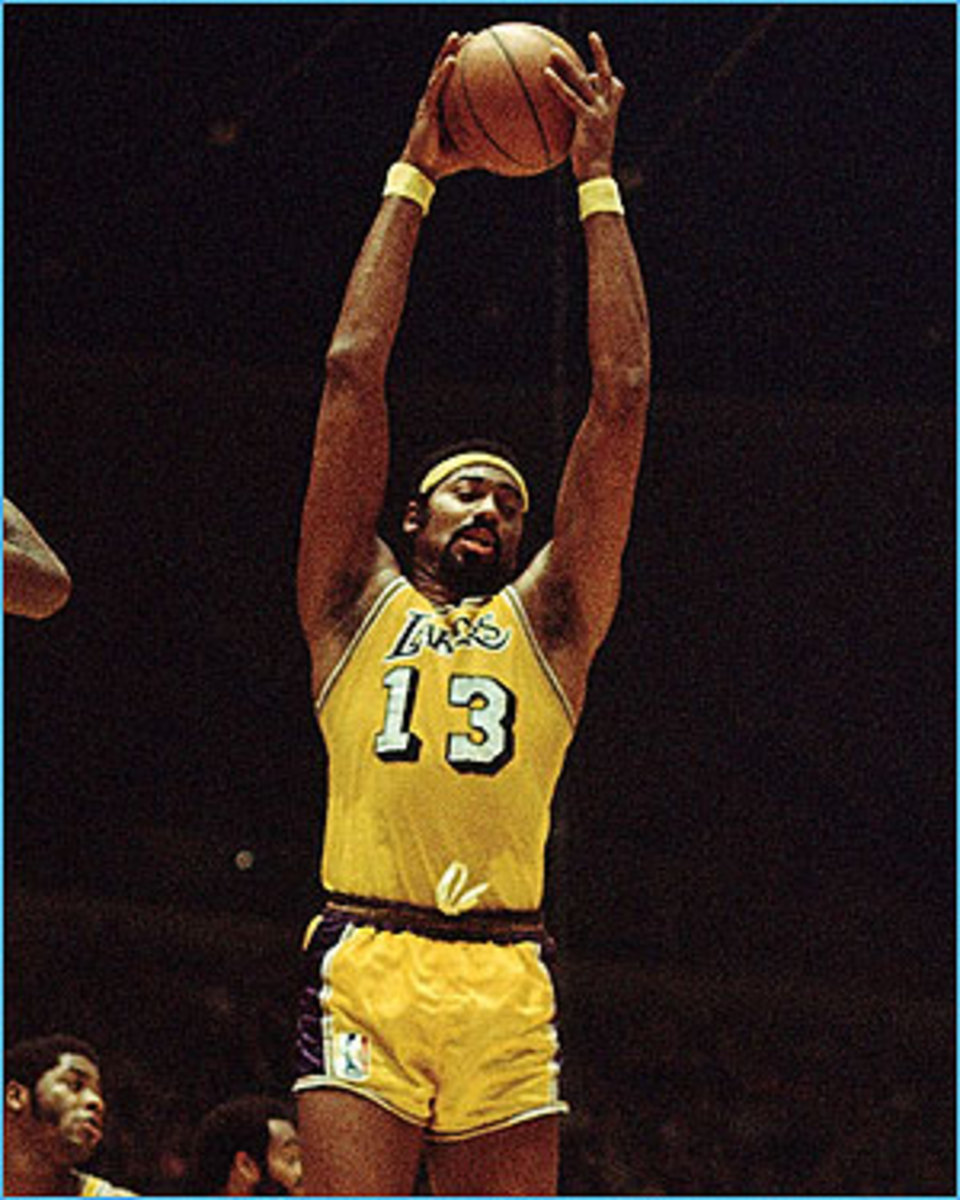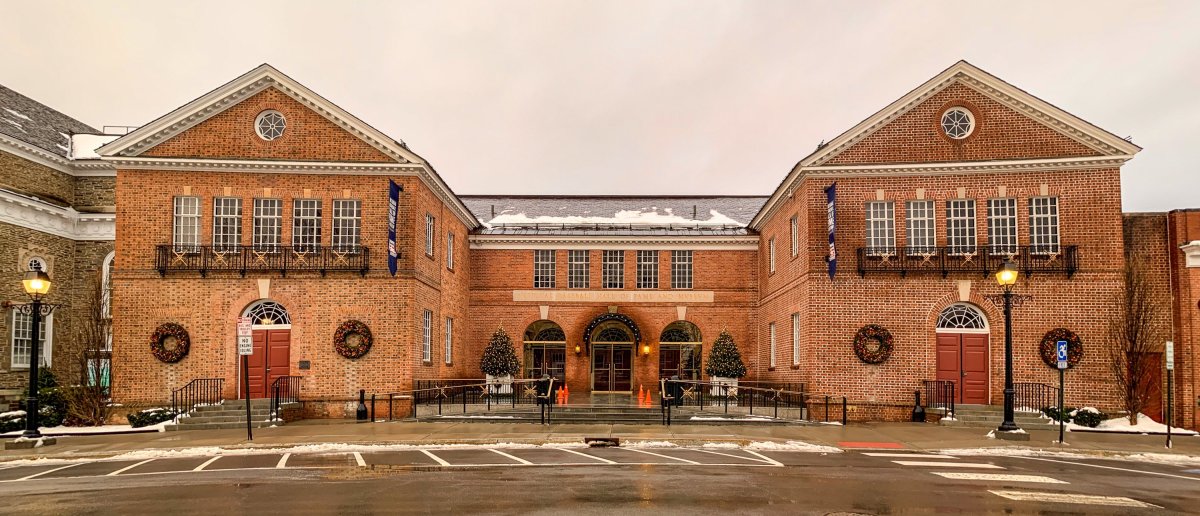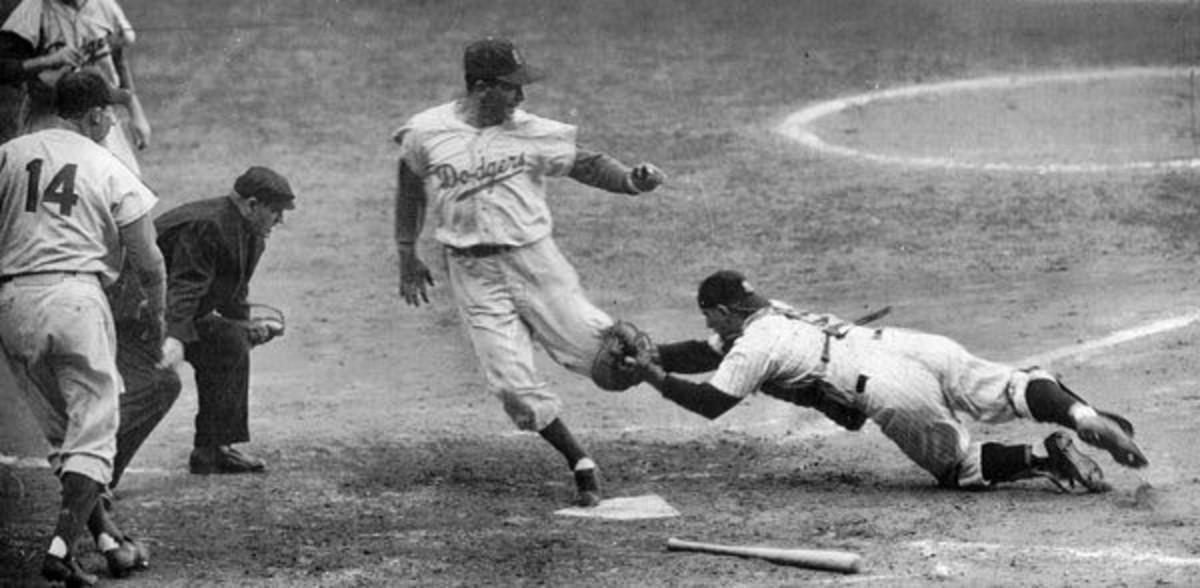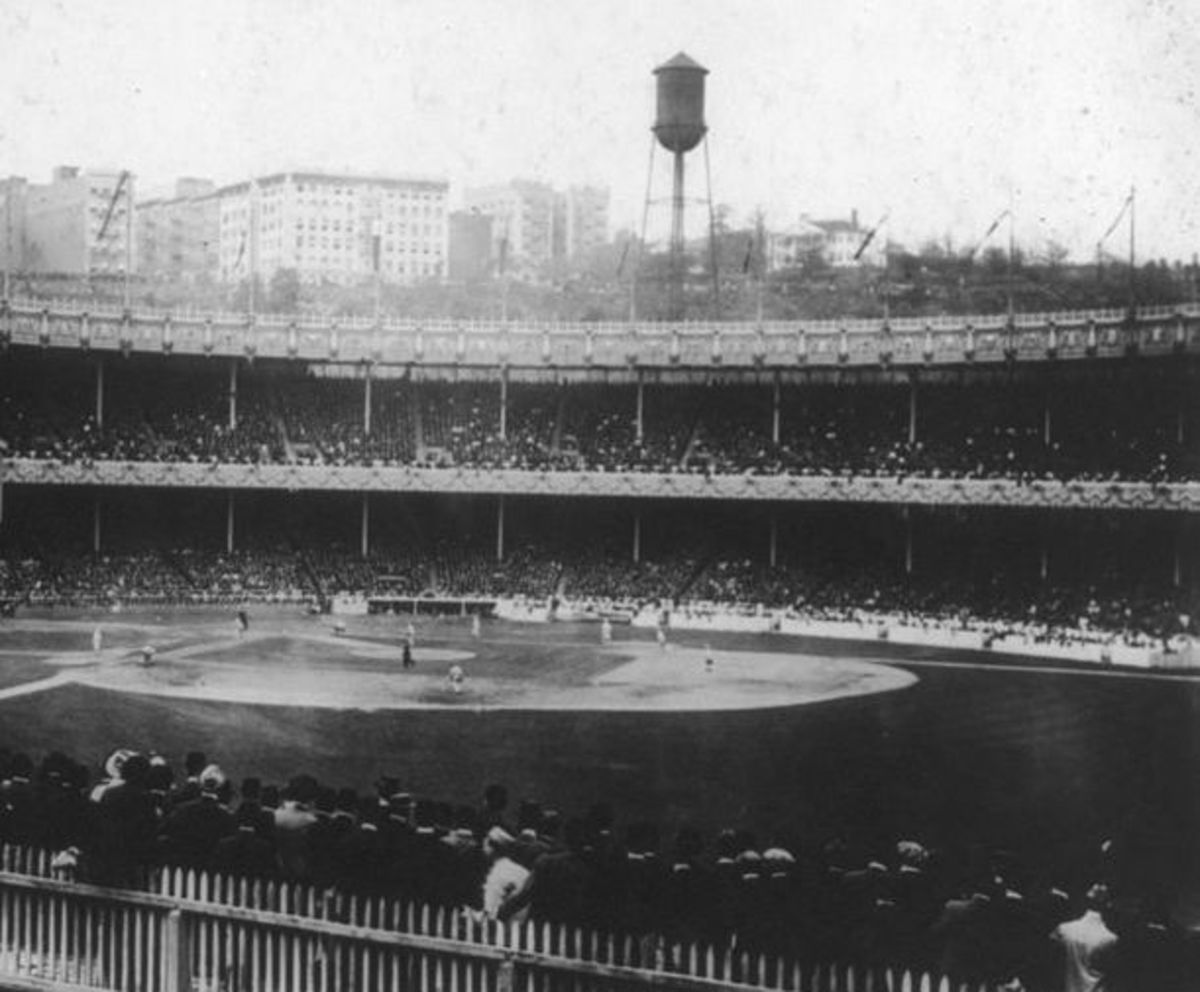- HubPages»
- Sports and Recreation»
- Team Sports»
- Baseball
Projecting the Future: David Ortiz’s Contract
Intro to the Projecting the Future Series
Projecting the Future is a series which, using the Similarity Score feature on Baseball-Reference, offers some insight into a player’s likely career trajectory. Too often people assume a player’s trajectory without considering the various pitfalls and surprise successes that have come to similar players over the years. The Similarity Score tool lists the 10 players closest statistically to a player at a certain age, with position taken into account. But it also shows how these players went on to perform after that age. The results are often surprising. This analysis will also take into consideration X factors and players with similar short-term statistics.
The New Deal
David Ortiz is hitting .054 through 14 exhibition games. Of course, those games don’t count. Any Red Sox fan has little reason to take them seriously.
Ortiz has been considered to be on the downside numerous times before, most notably when he hit .238 in 2009. He’s been extremely productive since.
For this reason, it shouldn’t be too surprising that the Red Sox have signed Ortiz, their most popular player, to another deal.
Ortiz will receive $15 million this year, $16 million next year. For the two following years, the club has options on the contract depending on his plate appearances. At the low end, he would make $11 million for 425 plate appearances. The high end? $16 million for 600 appearances.
David Ortiz
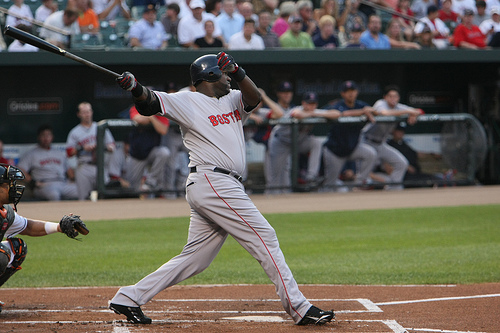
"In a lot of different ways, David is an outlier, an exception to the rule."
-- Boston GM Ben Cherington
Deal or No Deal
Do you think the Red Sox made a wise decision to sign Ortiz to this deal?
What They are Saying
Still, it was hardly a no-brainer. The Red Sox, like the Yankees, have tried over the past decade to balance the sentimentality that connects fans to the team with the ruthless efficiency that creates wins and draws fans to the park. The Red Sox have done far better over that time, but they have not had to deal with many aging, homegrown stars, either.
Ortiz is pretty much a rare case, unless you count Jacoby Ellsbury – whose circumstances were far different. Ellsbury was injured and in the prime of his career, able to draw big bucks elsewhere and willing to chase them.
Ortiz, while not homegrown, is treated by fans as though he came through Pawtucket. And perhaps because he struggled to considered a success with the Twins as a young player, Ortiz appreciates the love Boston’s fans give him. So the sentimentality works both ways.
“You guys know how personal I take my time in this organization,” he said, according to the Boston Globe. “This organization has been great to me and my family. I’m always proud to wear this uniform and be part of this wonderful organization.”
Also from Ortiz: “Just knowing that you’re going to finish your career here with what I’ve already been for the past 11, 12 seasons, that’s something that’s a huge accomplishment. In my case, this is the place I want to be. This is the place that I know, and now knowing that as long as I’m healthy and as long as I’m good to go, I’m going to be playing, it’s just less stress.”
Yes, Boston will pay less if Ortiz struggles after the next year or two, but it’s a lot of money they’ve put on the line. The Sox wouldn’t make the deal unless they believed Ortiz could succeed.
The Globe reported GM Ben Cherington saying the following: “In a lot of different ways, David is an outlier, an exception to the rule,” Cherington said. “There just aren’t many guys that produce at the level that he has to this point in their career. You can’t really look at it as you would normally. Even as it relates to a contract discussion, you have to look at it differently.”
Frank Thomas
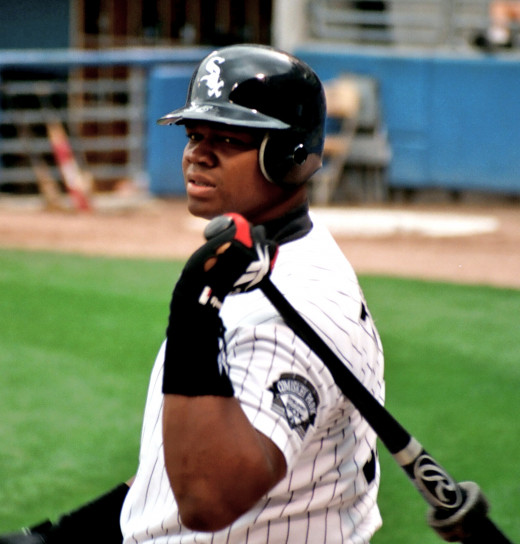
Jason Giambi
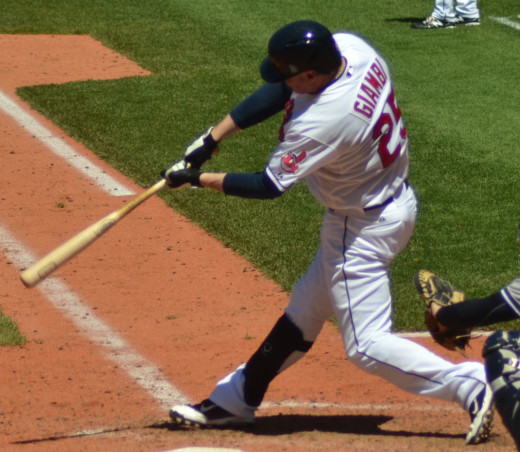
Willie Stargell
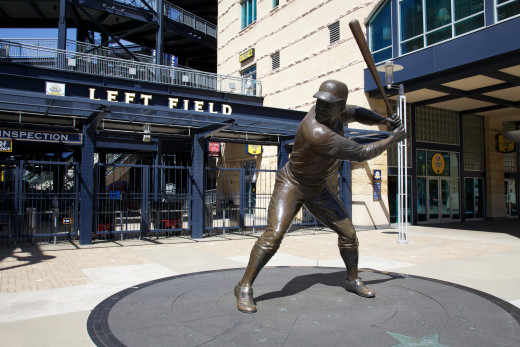
Looking Ahead
So, what is the rule? And what indicates that Ortiz is an outlier?
Ortiz’s top 10 comps through an age 37 season are the following:
1) Carlos Delgado: Delgado retired after his age 37 season. He is the only player with a similarity score over 900 to Ortiz. He played only 26 games at 37, however.
2) Frank Thomas: The Hall of Famer was coming off a limited season, just 34 games, for the World Series champion White Sox. He put up an MVP-type season for the A’s, then a very strong campaign for the Blue Jays. In his final year, at 40, he was fairly ordinary in 71 games. The Sox might accept this from Ortiz.
3) Fred McGriff: The Crime Dog also had three years left in him. At 38, he hit 30 homers and drove in 103 runs. But he was a mediocre part-time player the next year and wrapped up with 27 poor games at 40 with Tampa.
4) Jason Giambi: Still active, the Giambino has played five years since he was Ortiz’s age. He has not been a regular in that time, playing 100 games only in that first year, when he managed to get to the plate 359 times. He has barely reached 1,000 plate appearances over the five years. He’s hit .217 with fairly good power.
5) Paul Konerko: In some ways, he’s closest to Ortiz. He’s the same age. He broke in with a team, was traded to a Sox, turned into a solid power hitter, then a monster one taking the team to its first title since the 1910s, then had a low-average season (.240, compared to Ortiz’s .238), then bounced back. The big difference is that his numbers were well down last year.
6) Jeff Bagwell: Like Delgado, he retired after his age 37 season. He played 39 games that year.
7) Willie McCovey: Stretch managed to stick around five more years. He only played 82 games at 38, hitting .204. Back with the Giants at 39, he had a solid season, hitting .280 with 28 homers. At 40 and 41, he played a little more than 100 games each year with some power but low averages. At 42, he hit .204 in 48 games.
8) Lance Berkman: The same age as Ortiz, Berkman struggled the last two years and elected to retire.
9) Willie Stargell: Pops played five more years. That included 28 homers and a .295 average at 38, when he was an All-Star; an MVP season for the world champs in 1979 at age 39 with 32 homers, 82 RBI and a .281 average; a part-time role with some power at age 40 and two years as a pinch-hitter, bereft of power at 41 and then average at 42. The Sox would likely take this from Ortiz.
10) Todd Helton: The Rockies’ longtime slugger played two more years and retired during this off-season. He only got into 69 games at 38 before playing as a regular last year. He hit for some power, but nothing impressive.
As a whole, the group is hard to read. There are guys who retired, and therefore give us no data to go on; guys who are still active or are the same age; guys who succeeded; and guys who failed.
Among the six players who have gone beyond age 38, they averaged three years, hitting 53 homers, driving in 191 runs and batting .253. That’s an average of 18-64-.253. It’s respectable.
The projection tool uses only retired players, which leaves out Helton (since he played last year) and Giambi. It’s usually more useful than in this case. Anyway, it averages four years, 63-222-.261. That’s a higher average and an extra season, with higher level of play, but less time per season.
Derrek Lee
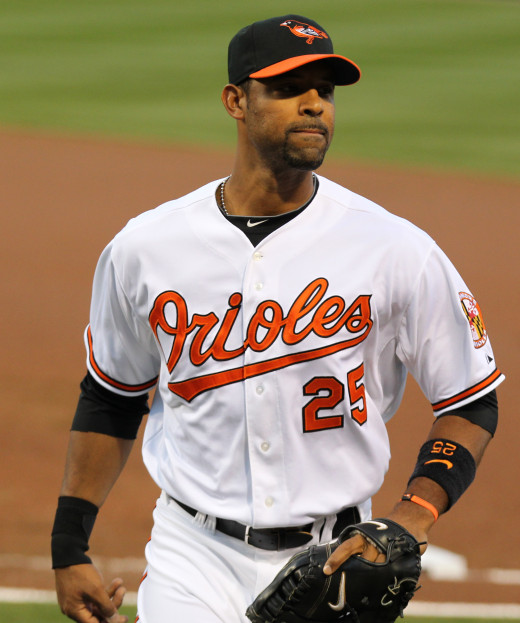
Has Ortiz Defied his Age?
Cherington makes a point, however – Ortiz hasn’t been normal over the past few years, he says. That’s worth checking. Who were Ortiz’s comps three years ago and how did that work out?
The top seven on the list are actually from the above list, too: Delgado still in the lead, followed by McGriff, Berkman, Stargell, McCovey, Konerko and Giambi.
No. 8 was Boston’s previous big star at first, Mo Vaughn. Vaughn, who had recently missed a full season with an injury, played a handful of games at 35 and retired.
No. 9, Derrek Lee, also had only one year left. He hit 19 homers and batted .267 in 113 games.
And, finally, Gil Hodges. Hodges had his final star season at 35, with 25 homers and hitting .276. He played a little over 100 games in each of the next two years, but averaging just over two plate appearances per game. Both seasons were on the weak side. He then wrapped up with a year as a backup on the ’62 Mets and a handful of games with the ’63 team.
The averages of the years ahead, for both the retired and unretired players, are almost identical. Using the retired ones, Ortiz projects to play four more years with 77 homers, 260 RBI and a .266 average. The results are very slightly less than Ortiz’s actual totals through three years, the biggest difference being Ortiz’s .311 average.
Ortiz vs. Projected Performance
Years
| HR
| RBI
| AVG
| |
|---|---|---|---|---|
Projected
| 4
| 77
| 260
| .266
|
Actual
| 3
| 82
| 259
| .311
|
Ortiz, after age 34, has already matched expectations.
Matching Expectations -- Early
So, in a sense, Ortiz did EXACTLY what he was supposed to, but in one year fewer. That’s a pretty big deal at any age, let alone compared to top players. Did any of the other 10 perform similarly from that point, age 34? Yes.
McGriff, Stargell, McCovey and Giambi kept up with Ortiz and kept going. Each hit more than 125 homers and drove in more than 400 runs after that point. Since the four are on both comp lists and continued playing after age 37, it’s fair to project Ortiz as hitting at least 40 more homers and driving in another 150 runs or so.
None of the other players hit over .283 in that point, well below Ortiz. Even if Ortiz were to regress toward a .283 average in his post-34 career, it would take him some time to get there.
Manny Ramirez
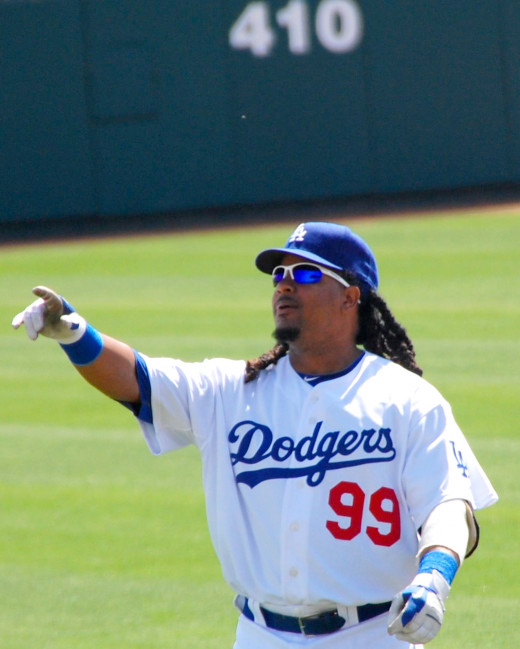
How Did Similar Late-Age Sluggers Do?
So far, so good for the Sox. But perhaps it makes more sense to look at the players with the most similar age 35-37 numbers, regardless of where they were beforehand. How did these players, whether previously stars or late bloomers, do over the next few years?
It turns out that the two most similar players in runs, hits, average, homers and RBI for those ages are also Red Sox legends, Manny Ramirez and Ellis Burks.
At 38, Ramirez played 90 games. The Dodgers got tired of him midseason and sent him to Chicago. He hit .298, but was becoming an unwanted commodity. He got into five games at 39, then retired when threatened with a drug suspension. It’s hard to judge Ortiz’s future by that.
Burks was coming off three outstanding seasons that proved his Colorado success was not a fluke. But he was effectively done at 38, playing 55 games and making a last, brief and withered stop back in Boston in 2004.
Figuring out how to judge Ortiz’s next few years doesn’t seem too easy. Apparently, his last few were predictable – not that anybody thought so at the time. My best guess is to look at the three players who not only matched him from 34 to 37, but were given a chance to keep playing full-time and had something left: McCovey, Stargell and McGriff.
Does that make this deal worth it? At the least it justifies the first two years. When you consider how important Ortiz is to the franchise and what the team will gain by giving a sentimental favorite apparently still on his game another few years… well, it seems like a no-brainer. If he really matches the high expectations of the bonuses in the deal for the third or fourth years, it will seem like a bargain.
In many ways, it’s very similar to what the Yankees get from fully committing to Jeter for another year. If he succeeds, the cost is worth it. If he does not, the goodwill given to fans and players could pay off.
Even a ruthlessly efficient sabermetric leadership has to take certain sentimental gambles.

